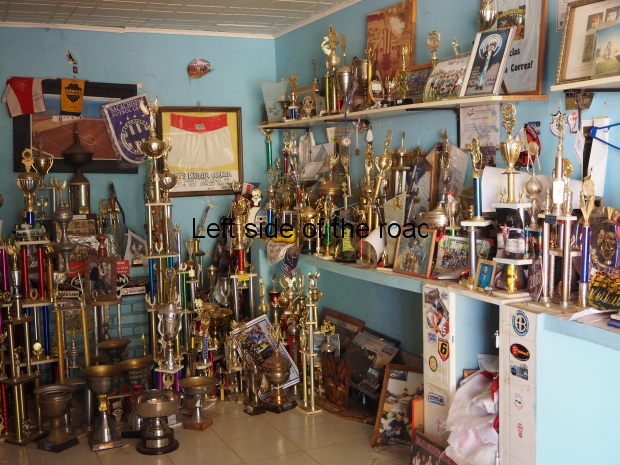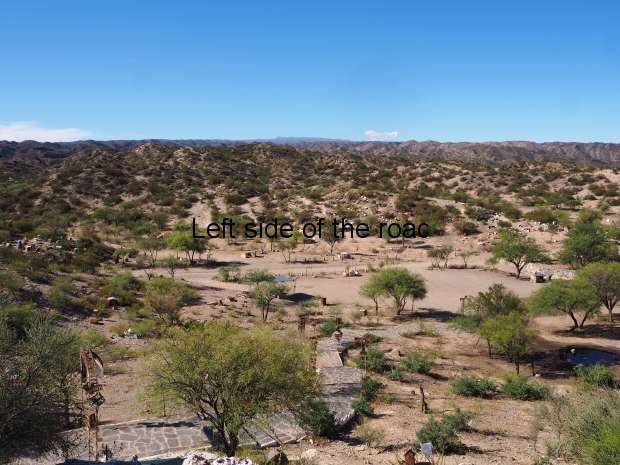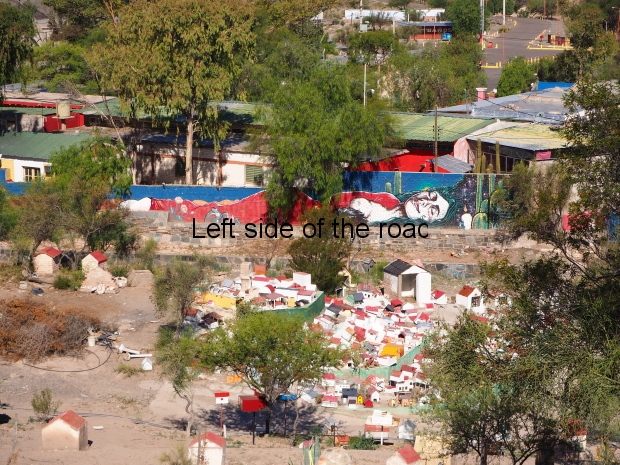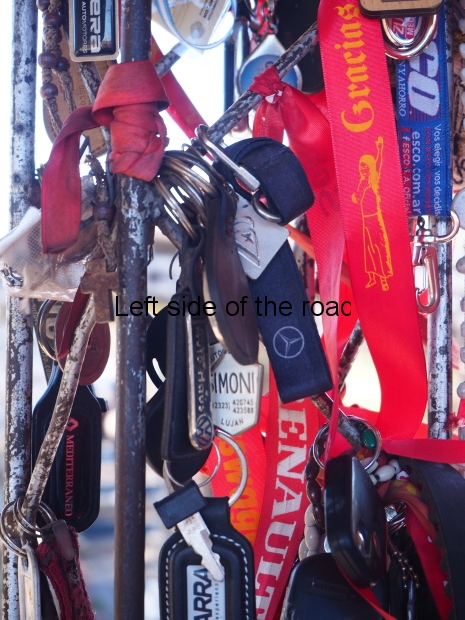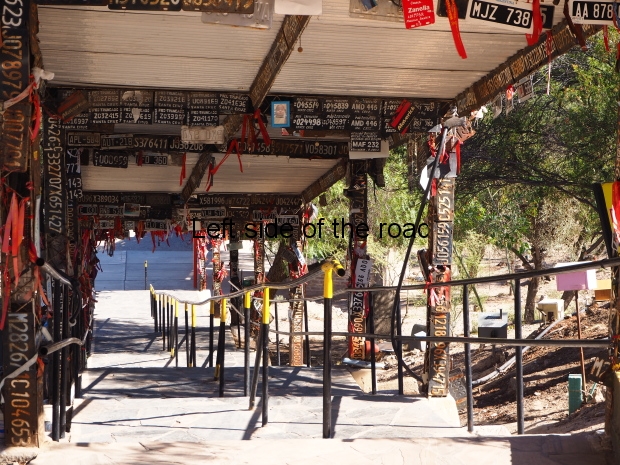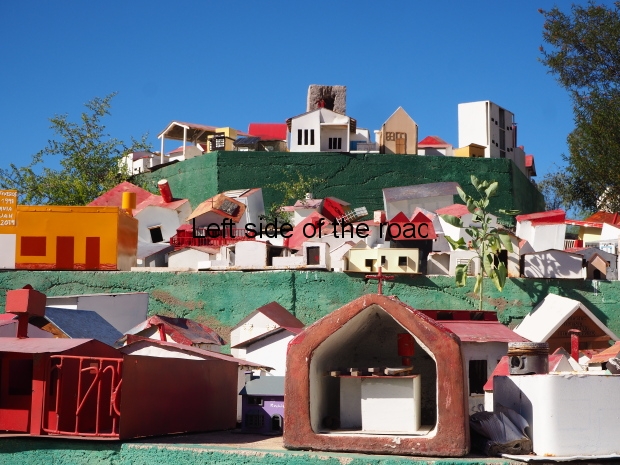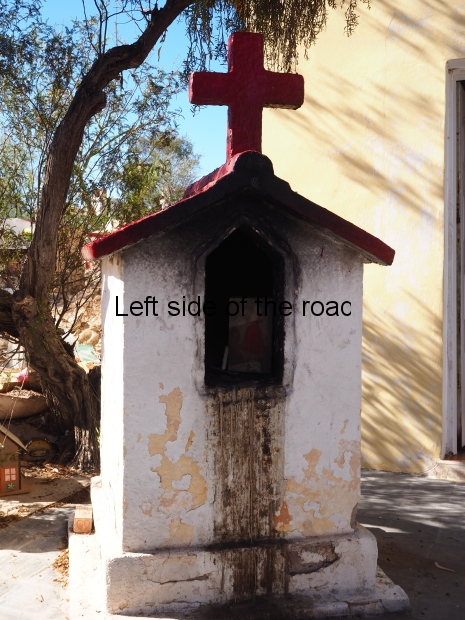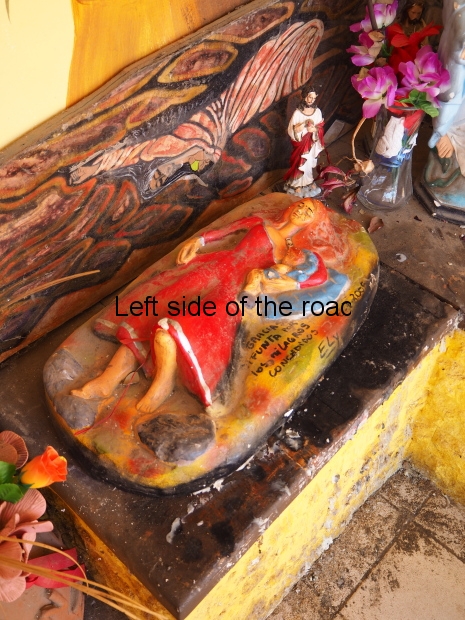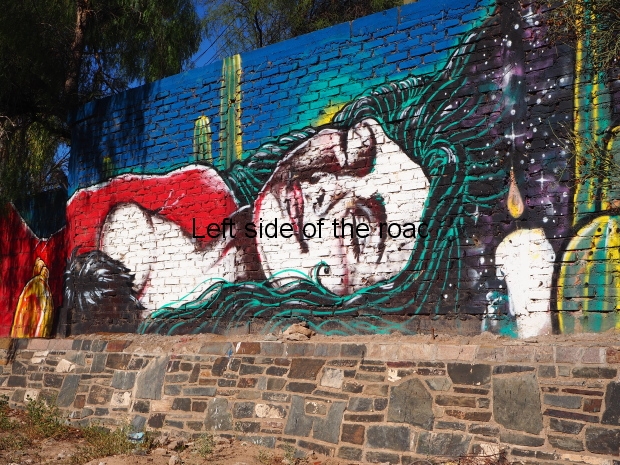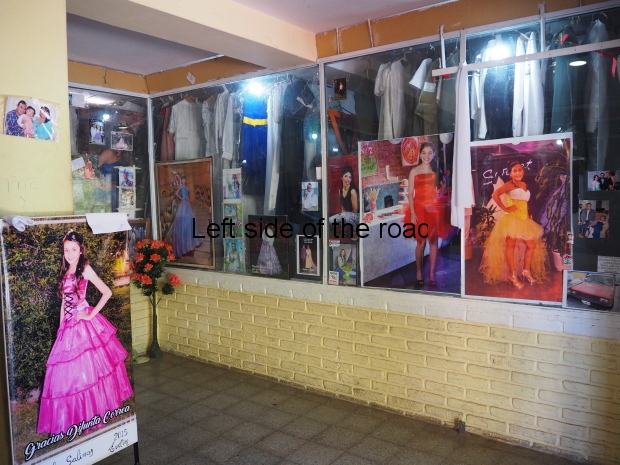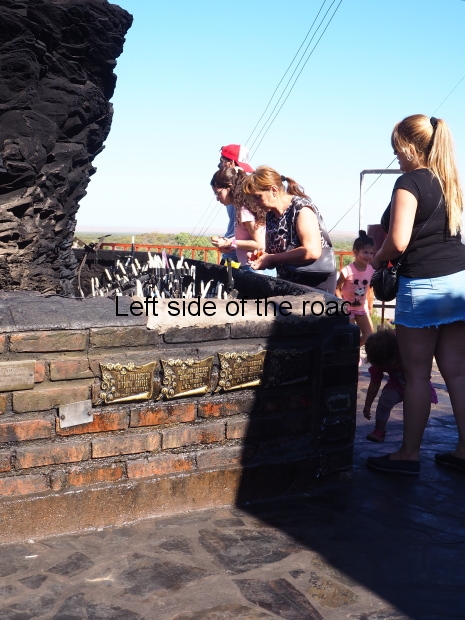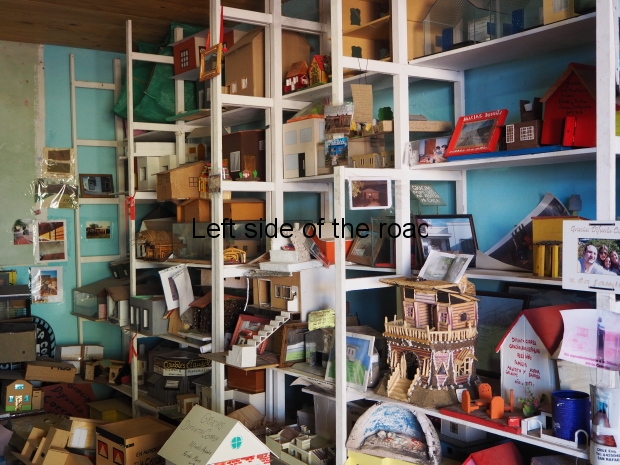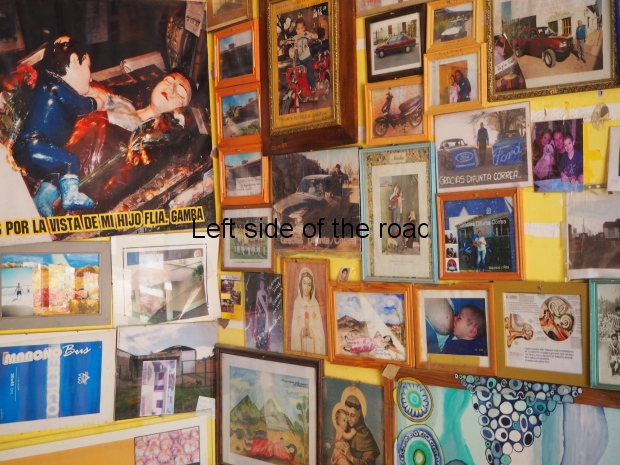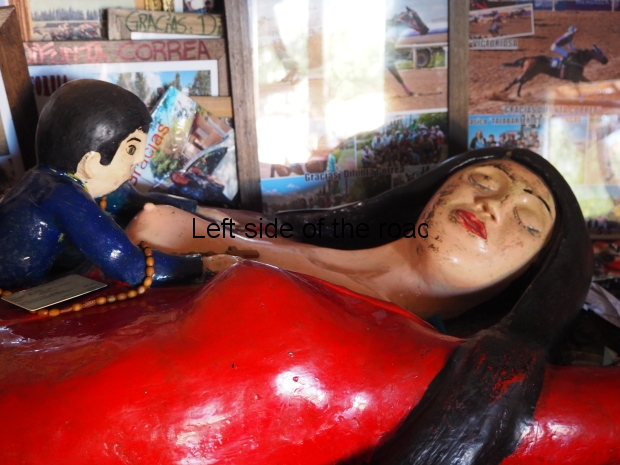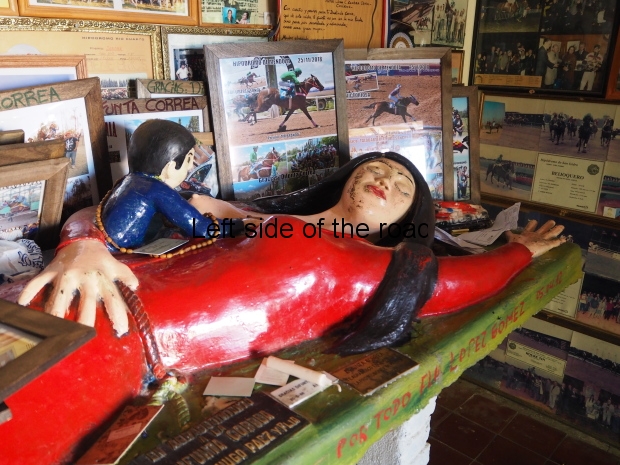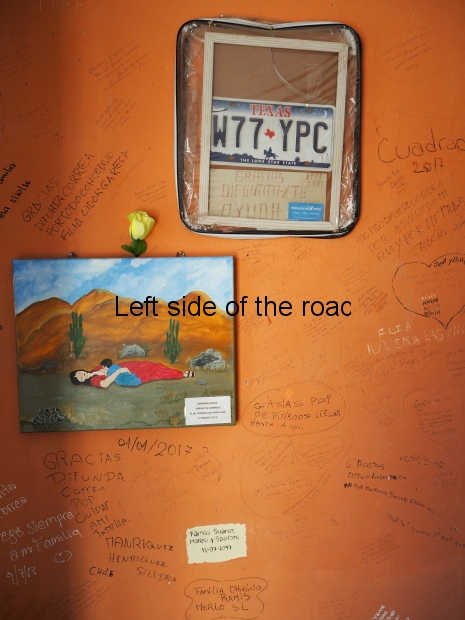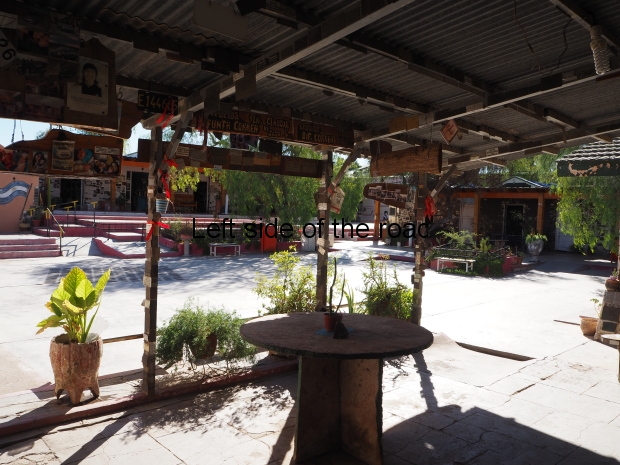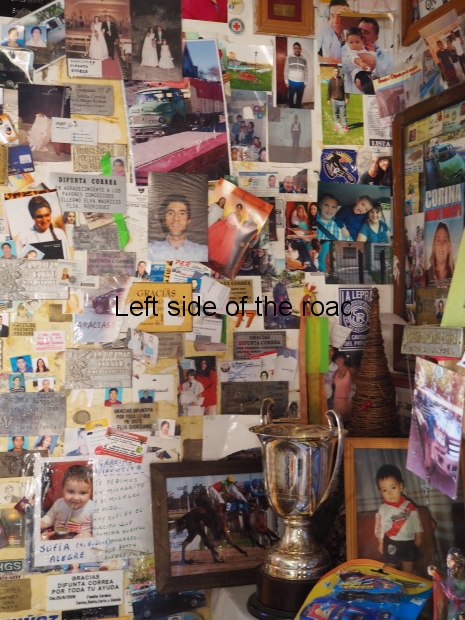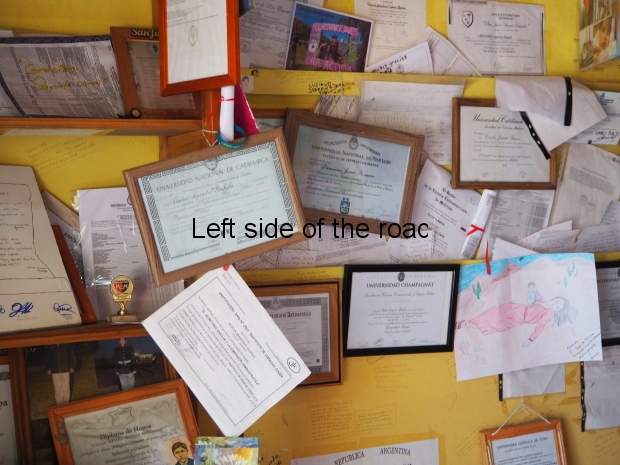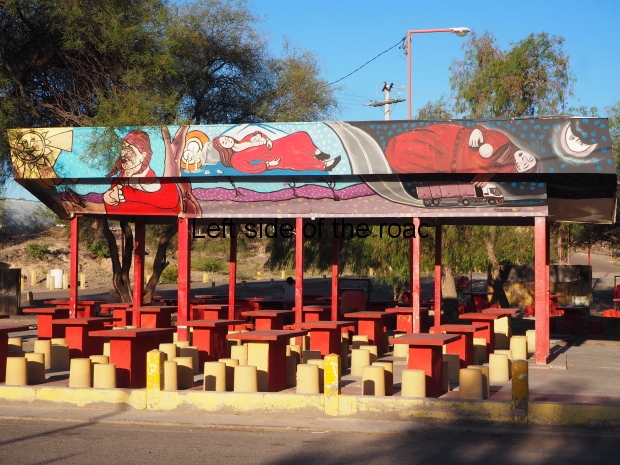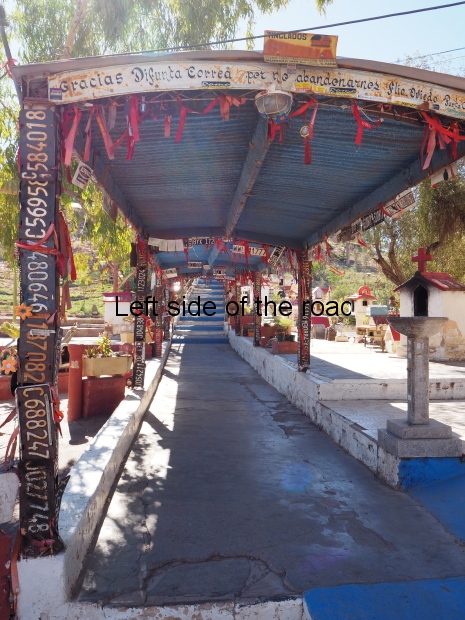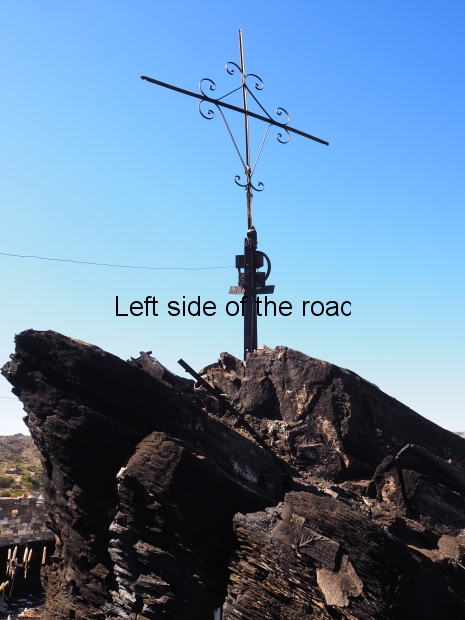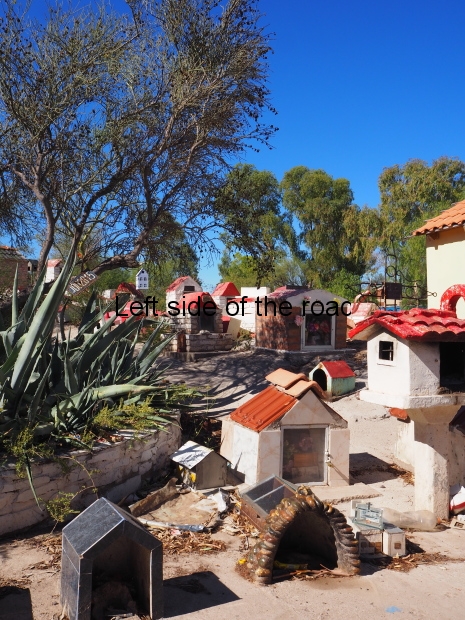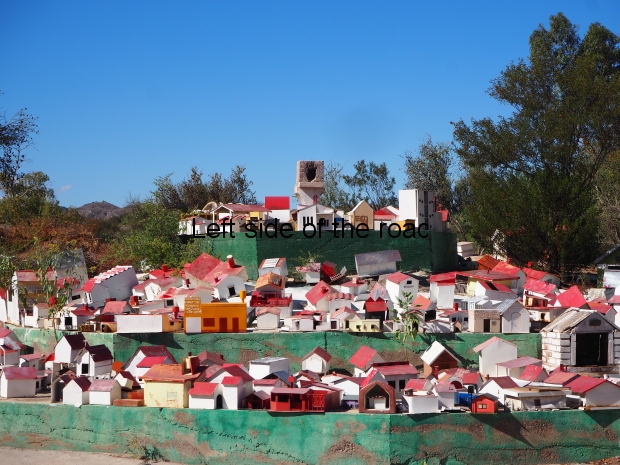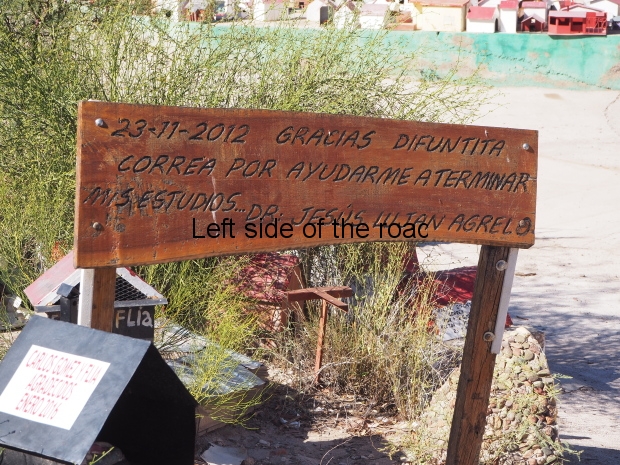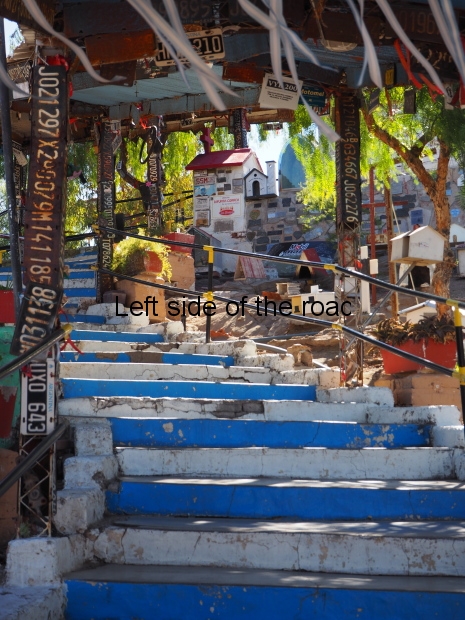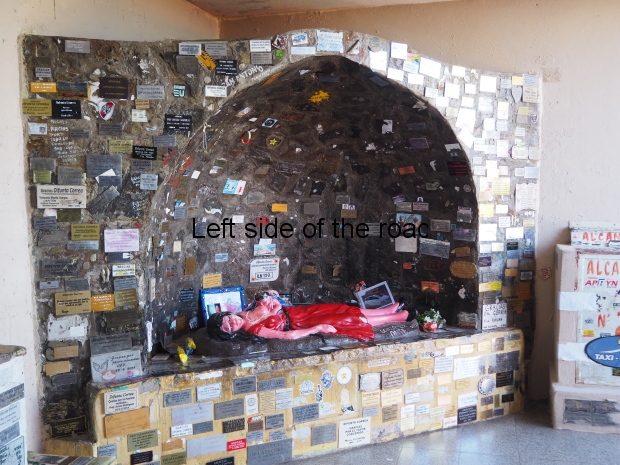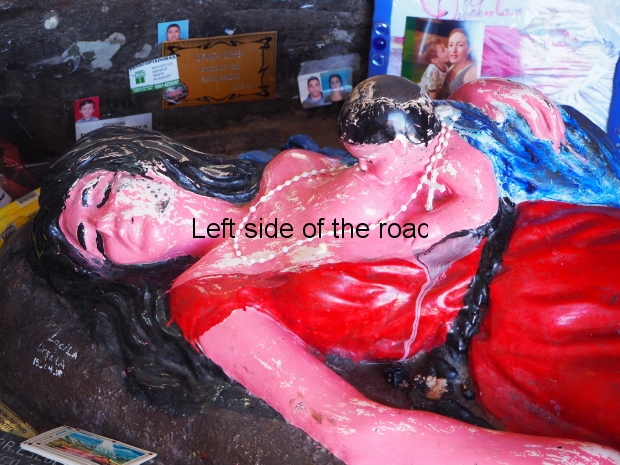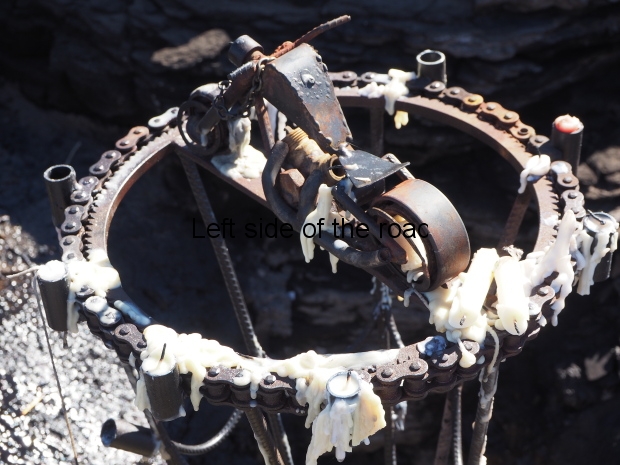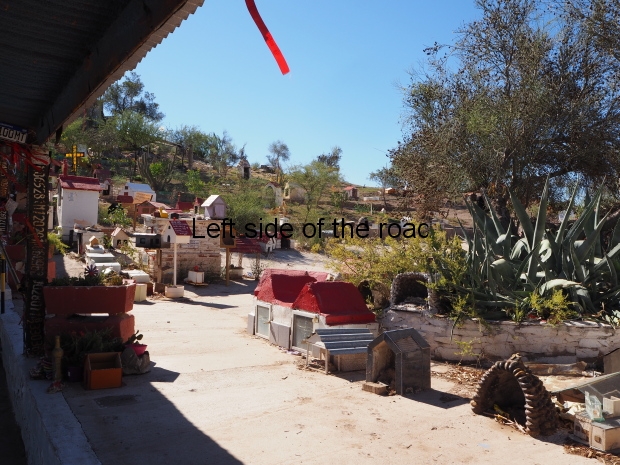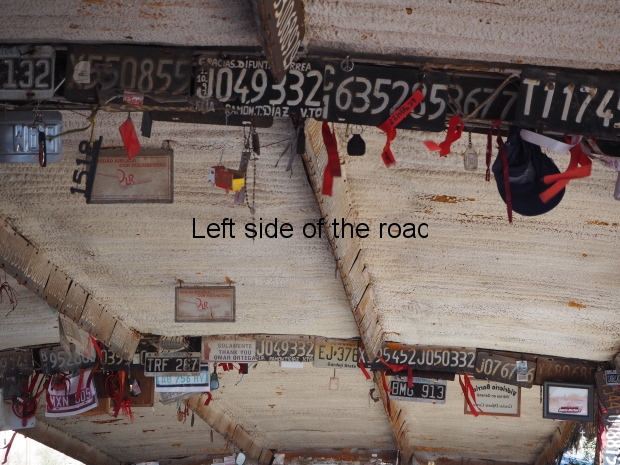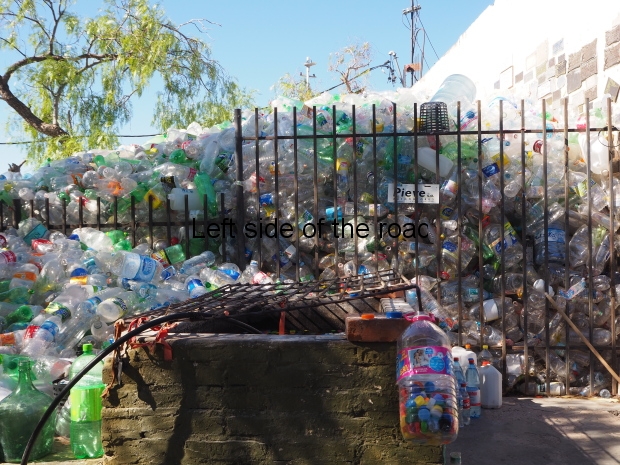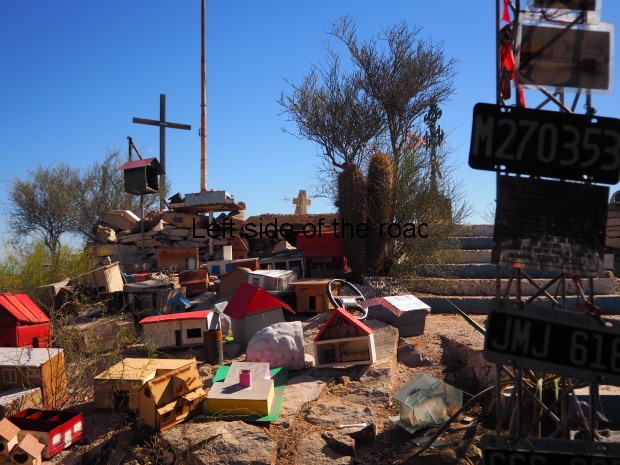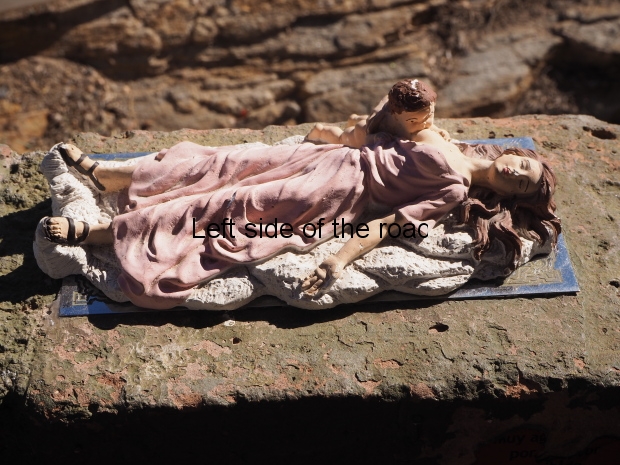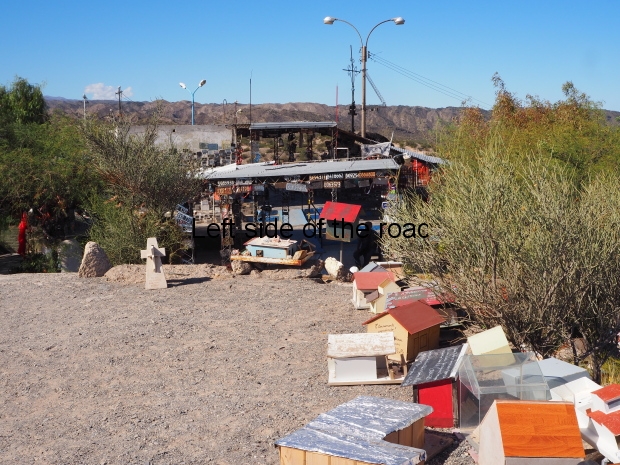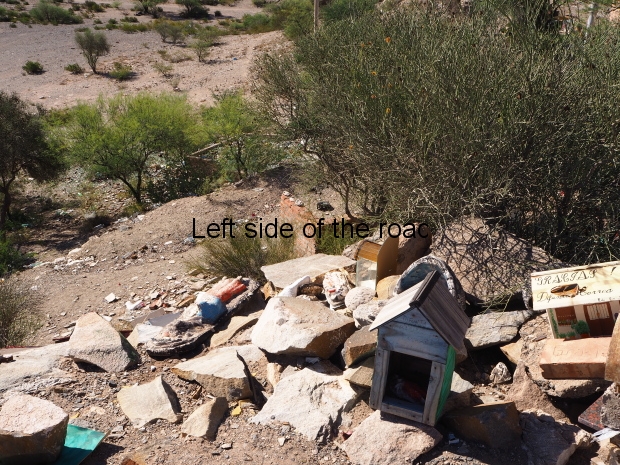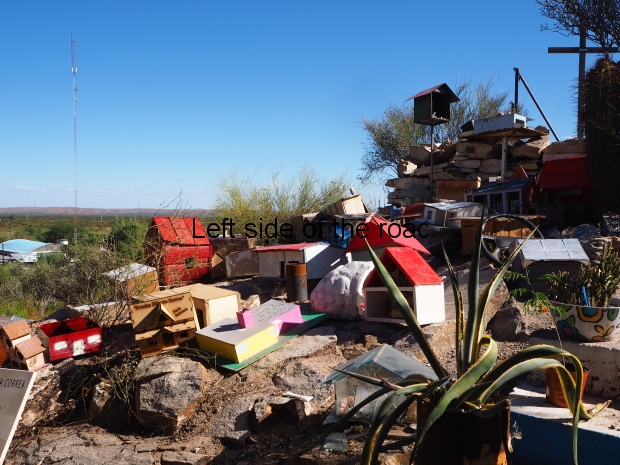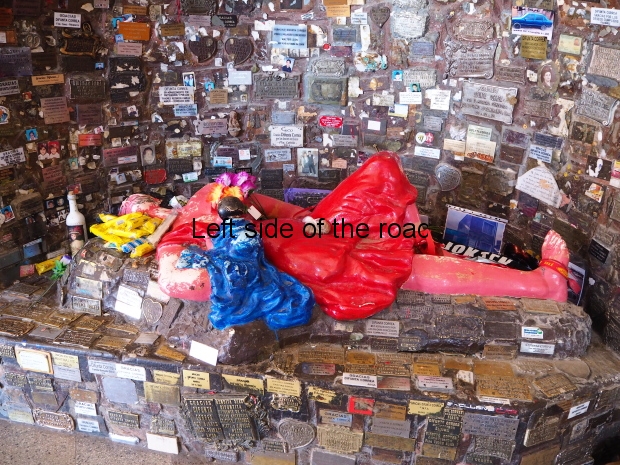
Zimbabwe Independence 1980
More on Zimbabwe …
Mugabe, Zimbabwe and Anti-Colonialism
‘The end of an era’ has been used a lot in the last few days in reports and articles about the situation in Zimbabwe. Precipitated by a decision to remove an erstwhile ally in preference for his wife – in a battle over ‘succession’ – the Zimbabwean army took control of the country and placed the country’s President, Robert Mugabe, under house arrest. As I write this the news has broken that Mugabe has resigned as President but whether this is the end of the story is another mater. Whether it be peaceful or violent, will end in smiles or tears, is still unknown.
The events of the last week have only precipitated the inevitable. At the age of 93 Mugabe didn’t have much longer in his role as President and the situation in the country was about to change. But change, although inevitable, does not always happen for the best.
When Mugabe goes it is an end of an era for him but also for the anti-colonial struggle within the continent of Africa.
When Independence was declared in Harare on April 18th 1980 this followed the example of a number of countries that had achieved Independence through armed struggle. Mozambique, Angola and Guinea-Bissau/Cape Verde islands had achieved their freedom from Portugal five years earlier and in the process weakening the Fascist regime in Lisbon so that the Portuguese people were able to topple the Caetano regime.
(The so-called bloodless ‘Carnation Revolution’ in Portugal was possible after the shedding of a great deal of blood by fighters who had fought against the colonial power in the country’s African colonies. The Portuguese repaid this debt by a wholesale desertion of those ex-colonies and creating serious problems for the new, independent nations.)
Most of the nations that had achieved independence from their colonial oppressors in the years after World War II quickly became mere client states of imperialism with only a semblance of independence. Any attempts at building a new sort of society, for the benefit of the workers and peasants of the continent, were crushed in the Congo with the murder of Patrice Lumumba at the beginning of 1961 and the experiment in Tanzania had yet to fall apart.
So the group of avowedly left-wing nations, with various levels of developed Socialist ideology, that had gained freedom in the 1970s offered some hope to the poor and oppressed and sent shivers down the spine of imperialism worldwide. Britain was peeved, on both the Tory and Labourite sides of the political spectrum, that Mugabe won a landslide in the elections held in February 1980 – they would have preferred Joshua Nkomo who was much more malleable and pro-capitalist. If Mugabe wasn’t a Marxist-Leninist (although he used Marxist terminology) then the fact that he was so feared by the white, imperialist establishment earned himself a lot of credibility.
There was a great deal of hope and expectation in the newly independent Zimbabwe. During the 1970s most attention in the anti-apartheid movement was directed towards South Africa and its racist Boers. There’s no doubting that South African society was rotten to its core but the figures demonstrate that what used to be known as Rhodesia was a country where the black population existed solely to serve the white minority.
In the early 1980s the whites in South Africa made up a third of the population. Just before the final victory of the Zimbabwean Independence fighters towards the end of 1979 the white population of Rhodesia number was no more than 250,000 – with a black population of about 7 million. That’s a ratio of 28 to 1.
The privilege that came as a consequence of that ratio explains why the Rhodesian army fought in such a vicious manner to maintain their hold on the country. Using techniques that were employed by the Americans in Vietnam, such as chemical warfare as well as the establishment of ‘protected villages’ – to deny the guerrillas contact with the local population – thousands of black Zimbabwean men and women died in the final seven years of the liberation war when the fighting became more intense. In this life and death battle the Rhodesians were supported by the rich and powerful racist regime in Pretoria – who got many of their armaments from the Israeli settler regime in Palestine.
By the time of independence the white settler population in the new Zimbabwe was down to about 100,000 but the agreement made in London, the Lancaster House Agreement of December 1979, maintained many of the privileges the whites had enjoyed for decades. Mugabe kept to this agreement – much to the anger of many of those who had fought in the Chimurenga (Liberation War), presumably with the idea that the British would keep to their side of the agreement in assisting the country to move to a situation where the wealth created in the country would be for the benefit of the majority. If that was the case that was foolish – no one should ever trust the British. The term ‘perfidious Albion’ exists for a reason.
The whole society was skewed in favour of a very small group of people and to change that so the majority could have a decent lifestyle was both difficult and expensive. Promises made during the 1970s that education and health would be provided for all were, in the main kept, but this took a huge amount of resources. Education is something that has to be paid for now in the expectation of returns in the future. But by the time these young people had been educated the situation had moved on – and not to the benefit of Zimbabwe.
Although the battle had been won against the Rhodesians the white South Africans continued the war, taking it into the sovereign country of Zimbabwe itself by making a number of assassination attempts against members of the African National Congress (ANC) who were living there. In October 1986 the President of Portugal-free Mozambique was assassinated by the South African government. The Boers also supported the collaborationist forces of UNITA in Angola. So after gaining independence from colonialism Mozambique, Angola, Guinea-Bissau/Cape Verde Islands and Zimbabwe found themselves, to a greater or lesser extent, continuing to have to fight for their existence. The failure of the ANC in South Africa to mount a real and determined liberation war against their own government didn’t help.
Corruption started to appear in all these countries and in Zimbabwe by the middle of the 1980s. A report produced by the Domestic Workers Union in 1986 concluded that the black ‘servants’ were even being treated more harshly by their black employers than they were by the whites. (That shouldn’t be a surprise. Southern African racism was heavily paternalistic and considered the black population like children – something I consider even more insidious than the vicious form of racism that exists in the United States. On the other hand the black employers who took on some of the roles of those whites who had fled the country just treated their servants as people who they had to get as much from whilst giving as little as possible in return.) Mugabe made a serious mistake by not stamping down on this corruption and abuse of power with an iron fist as soon as it arose.
For the whites in Zimbabwe it was very much business as usual – they carried on their colonial lifestyle very much in the same way as they had since WWII, when there had been a large influx of settlers from Britain – many of them working class. They owned the best land, that being the land closest to reliable water resources, and whilst the maize (the basic food stuff) of the small farmers wilted during the drought of 1986-7 the commercial crops, like tobacco, of the large white farmers thrived being irrigated from the waters of Lake Chivero (formerly Lake McIlwaine).
Support, both financial and logistical, promised by the UK government to reverse the inequalities created by colonialism (especially in land redistribution) weren’t forthcoming and by 1990, after the ten year period of grace for the whites, Zimbabwe found itself in a shaky situation economically. The world had also moved on in that ten year period. Neo-liberal economics dominated and any money from the International Monetary Fund or the World Bank came with conditions – primarily the selling off of state enterprises and the opening up of the country to foreign interference, the unequal agreements that have caused havoc throughout the poorer parts of the world. A small group can benefit but society in general loses out. To his credit Mugabe resisted these pressures but it came at a cost.
When land redistribution became a major issue at the end of the 1990s the matter was pursued chaotically and on an individual basis. This taking back of the land should have occurred in the 1980s and in a structured manner, establishing something akin to collective/State farms on the bigger and most productive properties. Once capitalist property rights were challenged imperialism got together and imposed sanctions on the country in the hope that the colonies they once dominated could be brought under their control again.
But Mugabe stood out against this interference but by now the situation in the country was worsening. In isolation, all the other countries that had gained independence in the 1970s having fallen into the arms of imperialism earlier, Zimbabwe’s situation had no real way forward that would benefit the people of the country.
Opportunists saw their chance and when Mugabe made a silly political error they were ready to pounce. That brings us to the situation at the moment where Mugabe has just resigned as President. But this military and political coup was a long time in the planning, the rebels just waiting for an opportunity to take action. A simple look at the sort of professionally produced posters that were seen on the streets at the ‘spontaneous’ demonstrations over the weekend of the 18-19th November 2017 indicates that this crisis had been anticipated and prepared for long since.
Mugabe made many mistakes however he did maintain independence for his country, he didn’t cave in to international pressures (although he did look east towards capitalist China to help in recent years).
And it is here that we have the ‘end of another era’. The era of anti-colonialism, the era of independence for those countries that had thrown off the yolk of colonialism, the era when ordinary working people had the hope that freedom from white, European rule could mean they could take their fate into their own hands, that they could use the immense wealth of their countries for the betterment of themselves and their children.
Those that now hold the reigns of power, even if they were fighters in the Chimurenga, do not hold have a view of the future that is for the people. They are openly ‘free trade’ in their outlook and it will only be a matter of days before they are opening their country to the ravages of globalisation. State industries won’t stay in public hands for long and the ‘prosperity’ that might arrive in the future will be that for a selective view.
With the fall of Mugabe Africa no longer has a country which isn’t, in one form or another, under the control of those very forces so many fought against from the end of the 19th century, culminating in the liberation wars of the 1970s.
Those brave and courageous men and women who died thinking they did so for a better future have finally been betrayed by all the nations of the continent. What has happened in November 2017 is indeed an ‘end of an era’ – the end of an era where people were prepared to fight, and give their lives, for dignity, freedom and the right to determine their own future.
When shall we see their likes again?
More on Zimbabwe …






